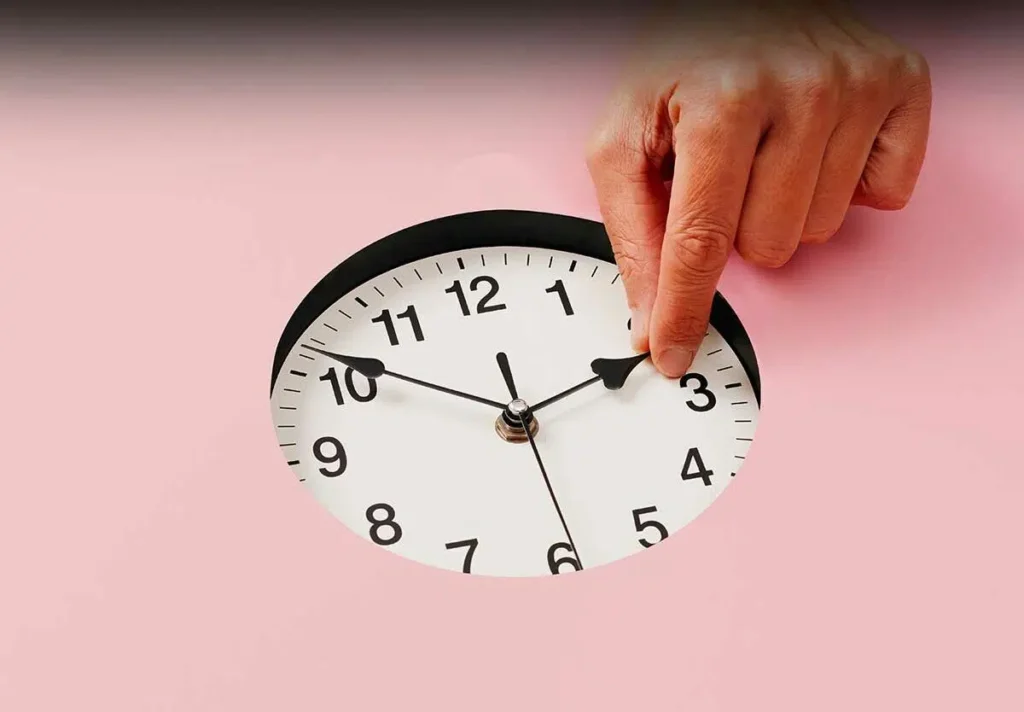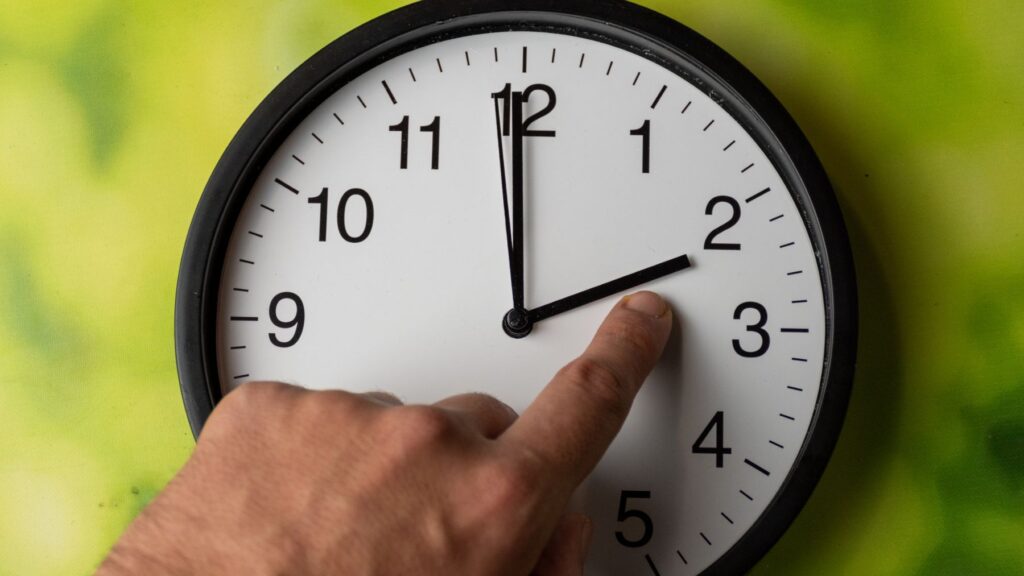
As we prepare to spring forward, Day Light Saving 2025 is set to take effect tonight. This annual time change is more than just a clock adjustment; it influences our routines, health, and even the way we experience daylight. In this comprehensive news article, we’ll dive deep into what Day Light Saving 2025 means, who it affects, and how you can smoothly navigate the change. Whether you’re a long-time observer of DST or new to the concept, this expert analysis is designed to keep you informed and prepared.
What is Day Light Saving 2025?
Day Light Saving 2025 begins on Sunday, March 9, 2025, at 2:00 a.m. local time. At that moment, clocks across most parts of the United States will “spring forward” by one hour—jumping from 2:00 a.m. to 3:00 a.m. This means that many will lose an hour of sleep, but it also brings longer evenings filled with natural light.
This annual adjustment was originally introduced to make better use of daylight during the warmer months, reducing the need for artificial lighting and, theoretically, conserving energy. While most modern devices adjust automatically, traditional analog clocks will require manual intervention.
Who Observes Day Light Saving 2025?
While the majority of U.S. states adhere to DST, there are notable exceptions. For instance:
- Arizona: With the exception of the Navajo Nation, Arizona remains on standard time year-round.
- Hawaii: Due to its tropical location, Hawaii does not observe DST.
- US Territories: Places like Puerto Rico, the US Virgin Islands, American Samoa, Guam, and the Northern Mariana Islands also remain on standard time.
If you live in one of these areas, your clocks won’t change, and your evenings will look much the same throughout the year. However, if you’re in one of the states that follow Day Light Saving 2025, get ready for brighter evenings and darker mornings until your body adjusts.
The History and Purpose Behind Day Light Saving 2025
A Brief Historical Overview
The concept of daylight saving time isn’t new. It was first implemented during World War I as a measure to conserve energy, particularly fuel, by reducing the need for artificial lighting. Germany first adopted DST in 1916, followed by the United States in 1918. Early on, many criticized DST as an unnatural disruption of “sun time,” but over the years it became standardized to reduce confusion in transportation and communications.
The Energy Conservation Debate
The primary justification for DST has always been energy conservation. By extending the evening daylight hours, it was believed that less electricity would be used for lighting homes and businesses. However, modern research suggests that the actual energy savings might be minimal. Some studies have even noted that any savings in the evening may be offset by increased energy use in the morning.
Legal Framework and Current Legislation
Day Light Saving 2025, as with previous DST changes, is governed by legislation such as the Energy Policy Act of 2005 and overseen by the US Department of Transportation. Despite its long history, DST remains a topic of heated debate, especially when it comes to the idea of making the time change permanent. The proposed Sunshine Protection Act has gained bipartisan support and, if passed, could eliminate the need for biannual clock changes—though it has yet to become law.
Health and Lifestyle Impacts of Day Light Saving 2025
The time change may seem trivial, but it can have significant effects on your health and daily routines:
Disruption of Sleep Patterns
Many experts note that losing an hour of sleep—even once a year—can disrupt your circadian rhythm. This disruption may lead to:
- Increased fatigue and grogginess, particularly during the first few days following the change.
- A slight uptick in car accidents and workplace incidents, as sleep-deprived individuals struggle with alertness.
- Potential short-term health risks, including a minor increase in heart attacks and strokes in the days after the time change.
Expert Recommendations
Sleep specialists suggest that you start adjusting your sleep schedule a few days before the change. Try going to bed 15 to 30 minutes earlier to help your body gradually adapt to the new schedule. Such simple adjustments can make the transition smoother and reduce the risk of sleep-related issues.
Impact on Daily Life
While the longer evenings can be a boon for outdoor activities and family time, the initial period after the clock change might feel challenging. Being mindful during morning commutes and scheduling less strenuous activities in the first week can help mitigate any adverse effects.
The Ongoing Debate: Permanent Day Light Saving?

The debate around DST is far from settled. In recent years, discussions have intensified about whether to abolish the biannual clock changes altogether. Here are some key points in this ongoing discussion:
The Case for Permanent DST
- Extended Evening Light: Permanent DST would mean consistently longer evenings, which could boost outdoor activities, retail business, and overall economic activity.
- Public Opinion: Recent polls indicate that about 71% of Americans are in favor of ending the biannual time change, finding it disruptive and inconvenient.
The Argument for Standard Time
- Health Considerations: Many health experts, including prominent sleep researchers, argue that standard time is more aligned with our natural circadian rhythms. Permanent DST, they warn, could lead to a state akin to “permanent jet lag,” with potential long-term health consequences.
- Safety Concerns: Darker mornings could increase the risk of accidents, particularly for children commuting to school and workers starting early shifts.
Legislative Updates
The Sunshine Protection Act, which proposes permanent DST, passed the Senate unanimously in 2022 but is still awaiting House approval and a presidential signature as of today, March 8, 2025. If enacted, this legislation could fundamentally change how we experience time in the U.S., though for now, Day Light Saving 2025 remains the norm.
Practical Tips for Adjusting to Day Light Saving 2025
To help you navigate the upcoming time change smoothly, here are some expert-approved tips:
Prepare Your Clocks
- Automatic Devices: Most smartphones, computers, and modern appliances adjust automatically.
- Manual Clocks: Don’t forget to set your analog clocks forward by one hour before you head to bed on Saturday night.
Adjust Your Sleep Schedule
- Gradual Changes: In the days leading up to March 9, try to shift your bedtime earlier by 15–30 minutes.
- Wind-Down Routine: Develop a relaxing pre-sleep routine to signal your body that it’s time to wind down.
Safety Measures
- Check Devices: Use this time to check smoke detectors and carbon monoxide detectors. Replace batteries if necessary.
- Stay Alert: Be extra cautious during your morning commute, as your body adjusts to the new time.
Optimize Your Daily Routine
- Morning Light: Exposure to natural light in the morning can help reset your internal clock.
- Plan Light Activities: Avoid strenuous tasks during the first couple of days post-change to allow your body time to adjust.
Interesting Facts About Day Light Saving 2025
Did you know? Here are some intriguing tidbits about DST that might surprise you:
- Historical Roots: DST was first introduced as a way to save energy during World War I.
- Global Variations: While most of the U.S. observes DST, many countries near the equator do not, because their daylight hours remain relatively constant throughout the year.
- Economic Impact: Studies have shown that the extra hour of evening light can lead to increased consumer spending, especially in the retail and leisure sectors.
- Circadian Rhythm Research: Recent studies indicate that even a one-hour shift in time can significantly impact sleep patterns and overall productivity, underscoring the importance of gradual adjustment.

Conclusion
As Day Light Saving 2025 takes effect tonight, it’s important to be prepared for the changes it brings. Whether you’re setting your clocks forward manually or letting your devices handle it automatically, this annual shift affects more than just the time on your wall clock—it influences your health, daily routines, and even the economy.
Understanding the history, purpose, and debates surrounding DST can help you appreciate why this tradition continues despite its challenges. From its origins in energy conservation during wartime to the modern discussions on permanent time changes, DST remains a relevant and sometimes contentious part of American life. With practical tips and expert advice in hand, you can make the transition as smooth as possible.
For further details, consider visiting reliable sources such as timeanddate.com or the US Naval Observatory. These platforms provide up-to-date information on DST changes and other related topics.
Stay informed, adjust your routines gradually, and make the most of the longer evenings that Day Light Saving 2025 promises to bring.
FAQs About Day Light Saving 2025
Q1: What is Day Light Saving 2025?
A: Day Light Saving 2025 refers to the annual practice of setting clocks forward by one hour on March 9, 2025, at 2:00 a.m., to extend evening daylight.
Q2: Who does not observe DST in the US?
A: States like Arizona (except the Navajo Nation), Hawaii, and US territories such as Puerto Rico, the US Virgin Islands, American Samoa, Guam, and the Northern Mariana Islands do not observe DST.
Q3: What are the health effects of the time change?
A: Losing an hour of sleep can disrupt your circadian rhythm, potentially increasing fatigue, the risk of accidents, and even short-term heart-related issues. Experts recommend gradually adjusting your sleep schedule before the change.
Q4: Is there a move towards permanent Day Light Saving?
A: Yes, the proposed Sunshine Protection Act aims to make DST permanent. However, as of now, it awaits further legislative approval, so the biannual time change continues.
Q5: How can I prepare for Day Light Saving 2025?
A: Set your manual clocks forward, adjust your sleep schedule a few days in advance, and take safety precautions like checking your smoke detectors. Exposing yourself to natural morning light can also help your body adjust.
Q6: Why is DST still observed if energy savings are minimal?
A: While modern research questions the energy-saving benefits of DST, the practice continues due to tradition, economic factors, and the desire for extended evening daylight.
Day Light Saving 2025 is not just another date on the calendar—it’s an event that touches every aspect of our daily lives. With these insights and practical tips, you’re now equipped to embrace the change and make the most of the longer evenings ahead. Enjoy the extra light, and remember to adjust your clocks before bed tonight!
Whether you’re a morning person or a night owl, this spring forward is a moment to reset, rejuvenate, and look forward to a brighter day. Stay tuned for more updates and expert insights on Day Light Saving 2025 as they become available.

